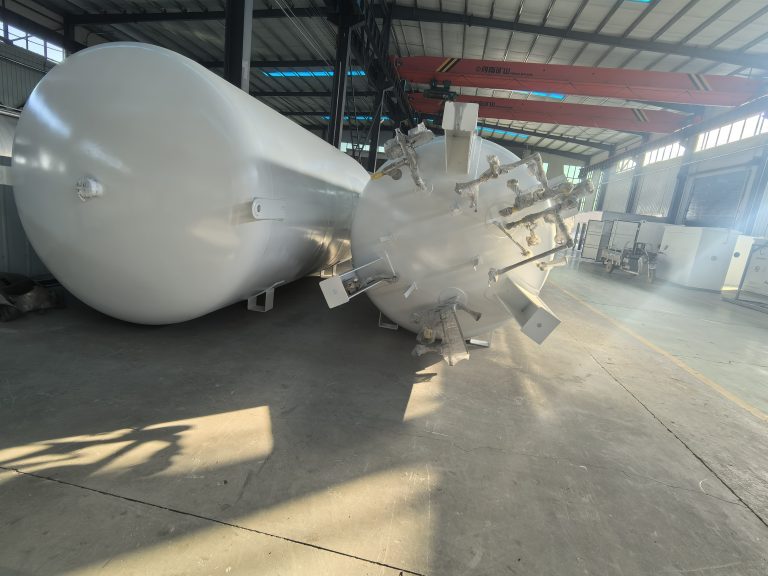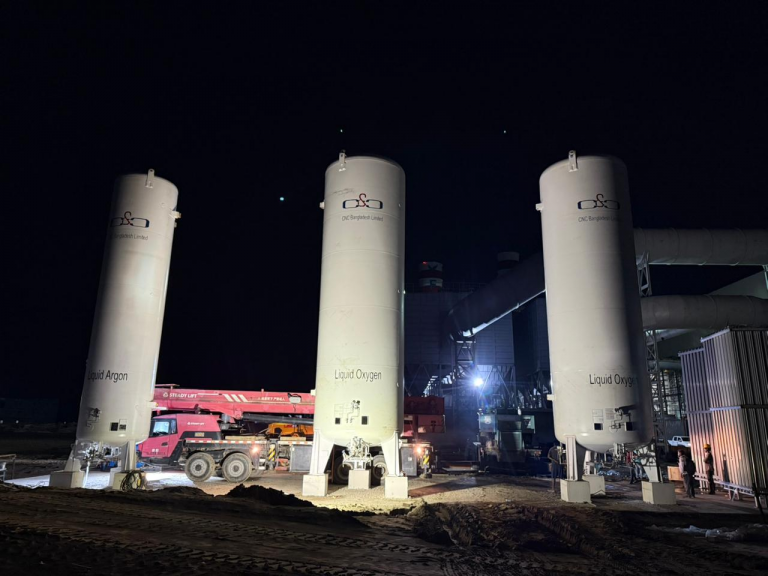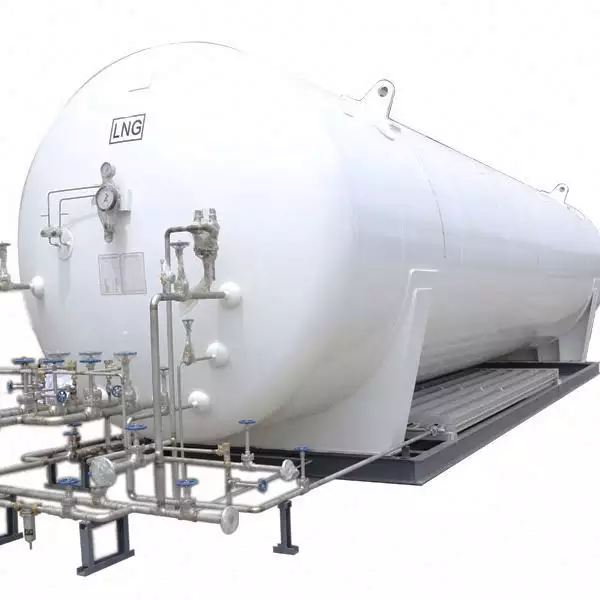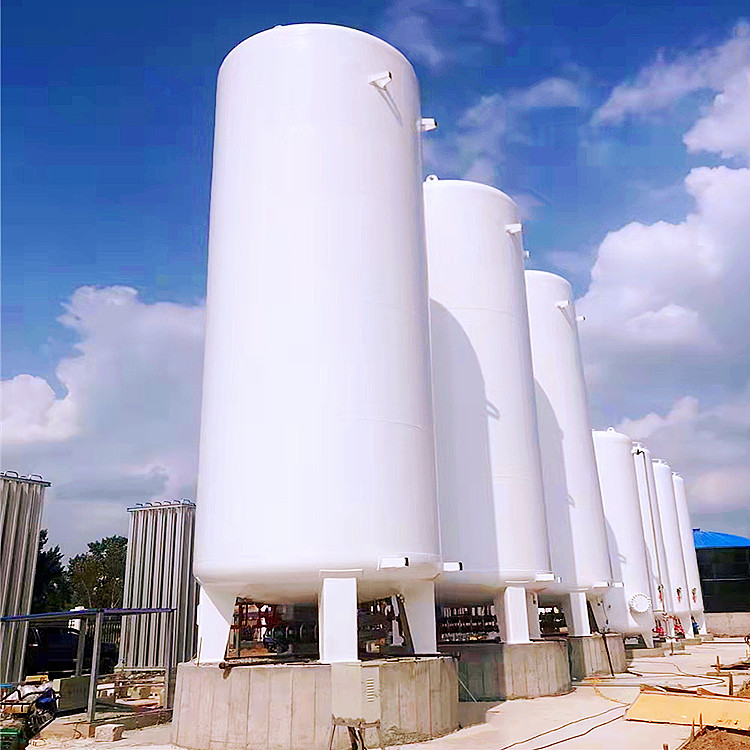A Comprehensive Guide to Safety Maintenance and Care of Liquid Nitrogen Storage Tanks: 10 Key Measures for Efficient Operation
In the fields of research, medicine and industry, liquid nitrogen storage tanks serve as the core equipment for low-temperature storage. Their safety and stability directly affect production efficiency and personnel safety. Based on industry standards and practical experience, this article systematically summarizes the installation, operation and maintenance key points of liquid nitrogen storage tanks, providing a set of practical safety guidelines for users.
1.Scientific Site Selection: Establishing the First Line of Defense for Safety Protection
The installation environment of the liquid nitrogen storage tank must meet the dual safety
standards:
Ventilation and Isolation: Prefer outdoor installation to ensure that there are no open flames, combustible materials, or low-lying water areas within 5 meters around the equipment. If indoor installation is necessary, a forced ventilation system must be equipped and physical isolation barriers should be set up to prevent unauthorized personnel from entering.
Lightning protection and static electricity prevention: The storage tanks must be equipped with a dual grounding system – the lightning protection grounding resistance should be ≤ 30Ω (to withstand lightning strikes), and the static electricity grounding resistance should be ≤ 10Ω (to eliminate static electricity accumulation). The grounding wires should be made of copper material and their conductivity should be tested regularly.
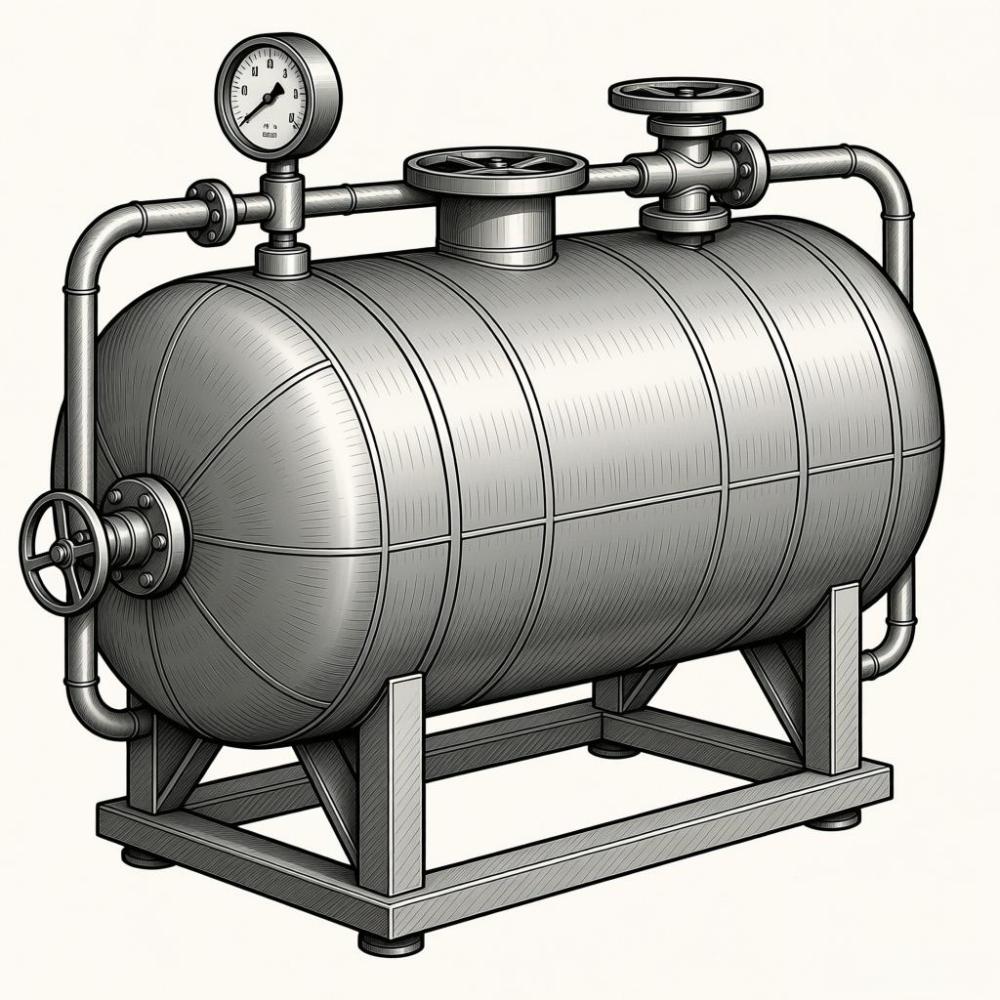
II. Precise Filling: Eliminate the Risk of Overpressure
The filling of liquid nitrogen should follow the “three strictness” principles:
Strictly control the filling rate: The filling rate of the storage tank volume should not exceed 95%, and reserve more than 5% of the gas phase space to prevent overpressure caused by thermal expansion.
Thoroughly inspect the sealing performance: Before filling, check all valves and pipe interfaces to ensure there is no leakage. After filling, let it stand for 30 minutes and monitor the pressure changes through the pressure gauge.
Strictly prohibit mixed storage: The liquid nitrogen storage tank must not be used for storing other gases or liquids to avoid cross-contamination that could lead to chemical reactions.
III. Instruments and Valves: Fine Management of Key Components
Pressure gauge maintenance: Use stainless steel or copper pressure gauges. Do not use oil-containing instruments. Conduct an appearance inspection weekly and calibrate the accuracy once a month to ensure the error is ≤ ±1.5%.
Valve operation specifications:
The valve should be opened and closed slowly to avoid pipeline vibration caused by the impact of the liquid.
After deactivation, the pressure regulating valve must be shut off to prevent continuous nitrogen leakage.
Regularly disassemble the valves for oil removal treatment, and use oil-free compressed air to blow clean the interior.
IV. Emergency Response: Rapid Response to Freezing and Leakage
Freezing treatment: When valves and pipelines freeze, use 70-80℃ nitrogen or hot water circulation for thawing. Do not use open flames for heating. After thawing, check if the sealing rings have aged.
Emergency for leakage: In case of discovering a liquid nitrogen leak, immediately close the main valve and activate the emergency plan. Operators must wear anti-freeze gloves and use special adsorption materials to handle the leaked liquid nitrogen.
V. Personnel Operations: Regularization of Safety Awareness Training
Qualification Management: Operators must complete the safety training for low-temperature equipment and pass the assessment. They must hold the relevant certificates to work. Annual refresher training is required, and safety knowledge needs to be updated.
Protective equipment: It is prohibited to wear synthetic clothing (which can generate static electricity) and shoes with nails. During operation, a cold-proof mask, goggles and anti-slip gloves must be worn.
Behavioral Guidelines: Smoking and the use of electronic devices such as mobile phones are prohibited in the liquid nitrogen storage area. When handling liquid nitrogen containers, a dedicated trolley must be used; manual dragging is strictly prohibited.
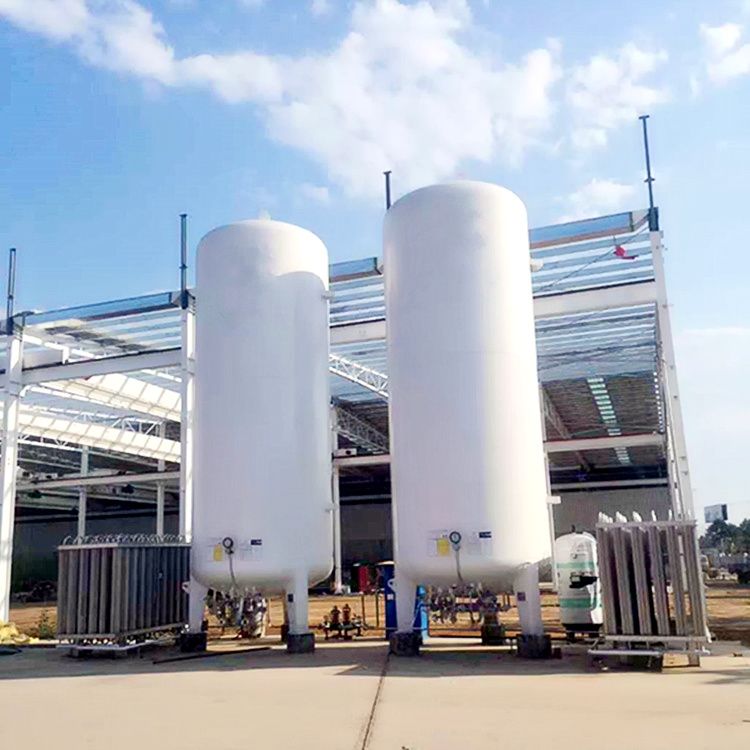
VI. Regular Testing: The Core Method of Preventive Maintenance
Acetylene concentration monitoring: Sample and test the acetylene concentration in liquid nitrogen every 15 days. The control value should be ≤ 0.1 × 10⁻⁶. If the concentration exceeds the limit, immediately discharge the liquid nitrogen and check if the coating on the inner wall of the storage tank has peeled off.
Pressure monitoring: When storing liquid nitrogen in a sealed container, two pressure gauges should be installed for real-time monitoring. The alarm value for overpressure should be set at 1.5 times the working pressure.
Annual inspection: Every year, a professional institution is hired to conduct a comprehensive inspection of the storage tanks, including wall thickness measurement, vacuum degree testing, and safety valve calibration.
VII. Long-term Discontinuation: The Ultimate Solution for Preservation and Moisture Prevention
Emptying procedure: Before stopping, the liquid nitrogen must be completely drained. All valves should be closed and blind plates should be installed.
Inert gas protection: Dry nitrogen gas is introduced into the storage tank to maintain a slight positive pressure (0.05 MPa), preventing the intrusion of humid air.
Regular inspection: During the shutdown period, inspect the interior of the storage tank once every quarter, using an endoscope to observe the ice formation.
The safe operation of liquid nitrogen storage tanks requires full-process control from site selection, filling, operation to maintenance. By strictly implementing the above 10 measures, the risk of accidents can be effectively reduced and the service life of the equipment can be prolonged. Enterprises should establish standardized operation manuals, assign safety responsibilities to individuals, and ensure that every step can withstand practical tests.



